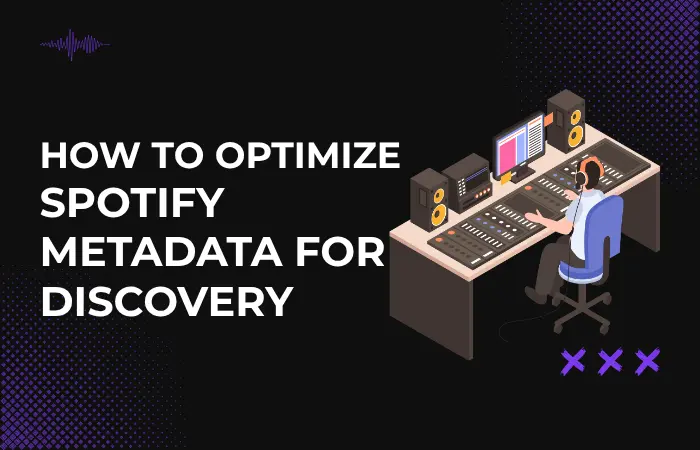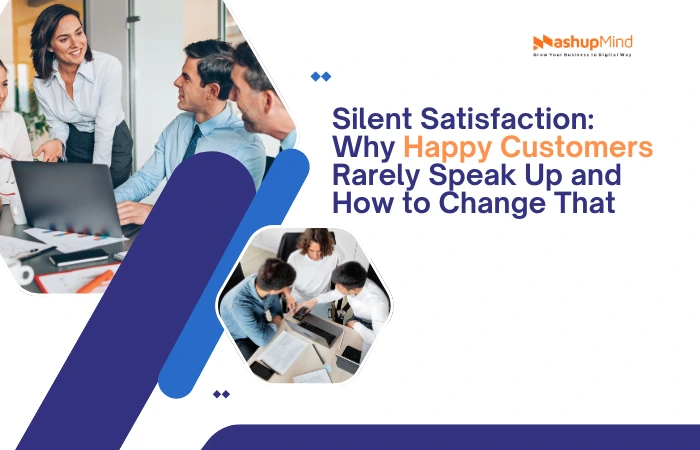Messy billing stalls SaaS onboarding faster than a stuck login. Nobody wants a tangle of quotes, unclear invoices, or fuzzy payment steps slowing things down. Pain points can send new users running, or at least leave them frustrated before they see any value.
Billing is one of those details that make or break the early experience. With a few simple changes, teams smooth the path. Hold tight as we explain how to achieve less friction, faster setup, and better retention.
Uncovering Where Billing Friction Slows Down Onboarding
It’s like when a checkout line crawls because the register keeps freezing. In SaaS onboarding, even minor billing issues can accumulate quickly. Confusing contract details, surprise charges, and awkward payment setups frustrate new users before they even get started. In a market worth $428 billion, there’s a lot at stake.
Unclear billing can add days to onboarding timelines, sometimes stretching a process that could take hours into a week. Teams that track drop-off points observe that most issues arise immediately after a contract is signed, not before. Spotting these trouble spots early lets teams fix what actually slows customers down.
Breaking Down the Quote-to-Cash Hand-off
The quote-to-cash hand-off often works like a relay race where the baton gets dropped between sales and finance. Customers notice the pause when their signed quote sits in limbo, waiting for billing to catch up.
Manual steps, such as re-entering data or double-checking discounts, introduce delays and errors. It’s the same thing as rewriting a grocery list every time you change stores. Each transfer risks something getting lost.
Teams that integrate sales and billing systems experience fewer errors and faster onboarding. Automation helps, too, but a clear process keeps everything on track even before software comes into play.
Invoice Design that Clears Up Confusion
A confusing invoice leaves customers scratching their heads. Simple language, bold line items, and upfront due dates remove guesswork. When payment terms hide in fine print, even honest users delay their payments.
Some SaaS teams cut support calls in half simply by using invoice templates with the right fields, including company name, plan type, payment method, and support contact information.
It’s the same thing as getting a restaurant bill where every dish is listed clearly. No surprises, no last-minute questions. Straightforward invoices speed up payments and help customers trust your process right from the start.
Making Payment Terms Understandable from Day One
Clarity in payment terms keeps everyone on the same page. When terms look like legal puzzles, customers hesitate. Simple, direct statements like “Payment due within 14 days” set clear expectations.
SaaS teams that use plain language in their contracts see fewer disputes and quicker payments. Early transparency also means customers aren’t caught off guard by fees or renewal dates.
It’s like getting directions from someone who uses landmarks instead of street names. Customers feel more confident moving forward because they know exactly what’s coming. This small shift can turn uncertainty into quick action.
Light Automation Tricks that Keep Things Moving
SaaS teams don’t need massive systems to streamline billing. Simple automation, such as sending payment reminders or auto-filling customer information, smooths out the rough edges. Think of it as using speed dial instead of punching in every number by hand.
Quick wins come from linking your billing tool to your CRM, allowing new accounts and payment details to sync immediately. Even something as basic as scheduling invoice emails at key points in the onboarding process makes a difference. These lightweight tweaks help prevent backlogs and free up time, allowing teams to focus on helping customers get started, rather than fixing billing hiccups.
Wrapping Up
Quick fixes in billing streamline the onboarding process, making it faster and friendlier. Clear steps, smart templates, and light automation remove headaches before they start.
Every smooth hand-off brings customers closer to seeing value. And when billing works without a hitch, teams have more time to build real relationships.






